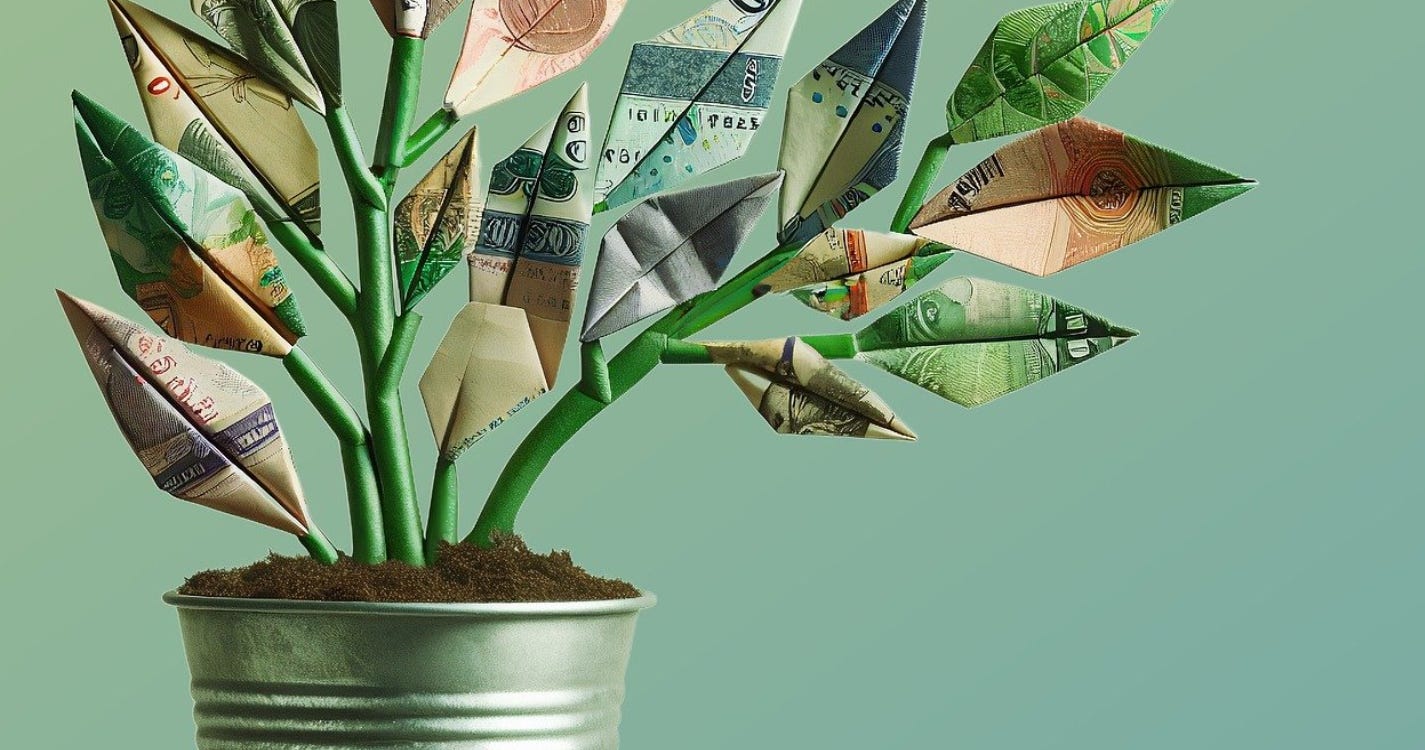Choosing the Best Checking Account
The majority of Americans have a checking account, but not all are created equal. Many people, including myself, stick with the same account for years without exploring better options. I’ve personally kept the same student checking account since college—over a decade ago! While it’s worked for me, it’s important to consider if your checking account is truly helping you reach your financial goals or holding you back with unnecessary fees.
Avoid Checking Account Fees That Drain Your Finances
Checking accounts often come with fees, and if you're trying to save money or reach financial goals, fees like ATM charges, annual fees, and overdraft fees should be avoided. A recent personal experience taught me this lesson the hard way. I offered someone $20 for a taxi, but after ATM fees and bank fees, I ended up spending $26.50! That’s why it’s crucial to understand your bank’s fee structure and look for ways to minimize those charges.
What is a High-Yield Checking Account?
After doing some research, I learned about a better option: high-yield checking accounts. Unlike traditional accounts, these accounts offer an annual percentage yield (APY), which means your money grows as it sits in your account. The higher the APY, the more interest you’ll earn on your balance. For example, with a 2.5% APY, $1,000 would earn you $25 annually in interest. And if that interest compounds, you’ll earn even more.
Benefits of High-Yield Checking Accounts
High-yield checking accounts allow your money to work for you, even when you’re just keeping it safe for everyday spending. Rather than letting your money sit in a standard account with no return, a high-yield account lets you earn interest passively, helping you achieve your financial goals faster. My fiancé and I will be making this play when we have a joint account soon after our wedding.
Considerations Before Switching
While high-yield accounts sound great, they do come with potential fees. However, many banks will waive annual fees if you maintain a minimum balance. Check with your current bank or shop around for a bank that offers high APYs and low fees. Online banks and credit unions often provide better rates than traditional banks, making them worth considering.
Another factor to keep in mind is that the interest you earn from a high-yield checking account is considered taxable income. Your bank will issue you a 1099-INT form at the end of the year, which will show the exact amount of interest earned, and you’ll need to include this on your tax return. Treating this earned interest as income can help you avoid surprises when tax season rolls around.
High-Yield Checking Accounts: A Step Toward Financial Success
By understanding how these accounts work, both in terms of fees and taxes, you can make more informed decisions about managing your money. If you’re in California, for example, consider Golden 1 Credit Union’s MarketRate or Premium Checking as a solid option. No matter where you live, research your options to find the best account for your needs.
That’s the wisdom for today. I will continue to share knowledge on how to make money or save money to help you reach your financial goals. Always remember:
Be Patient, Stay Committed, and The Small Wins Count.
---
Cervante



My HYSA from AMEX just decreased in % last week by nearly 3/4 of a percent!!
Some really great take aways from this one that I’ve never heard of before. Thank you so much! Looking forward to more tips